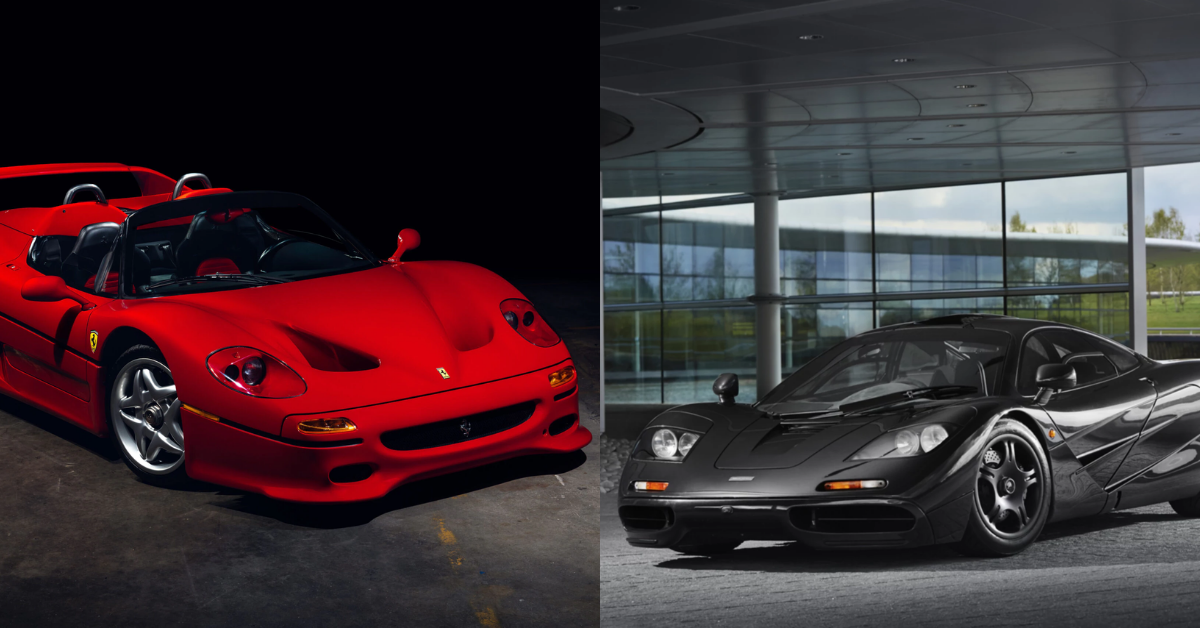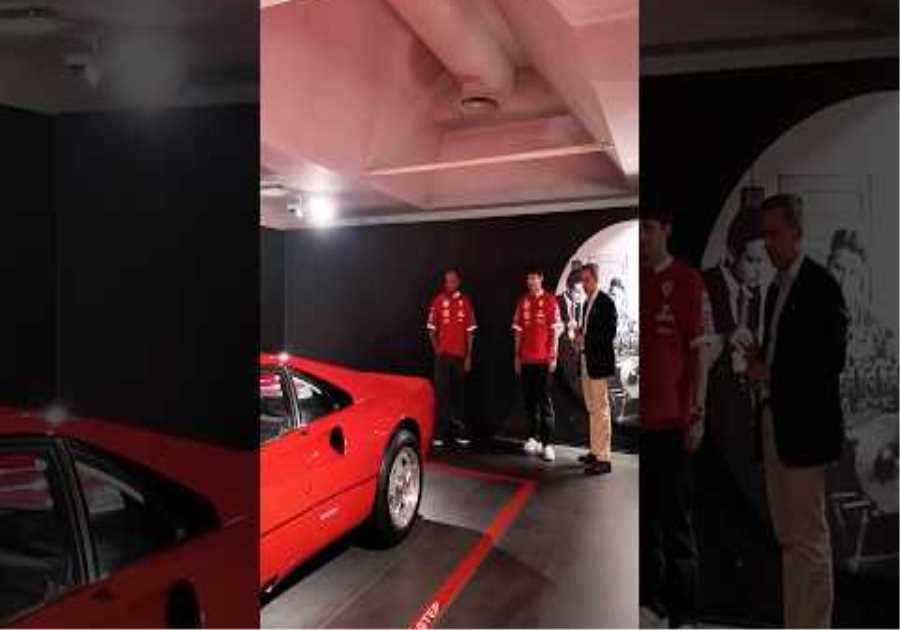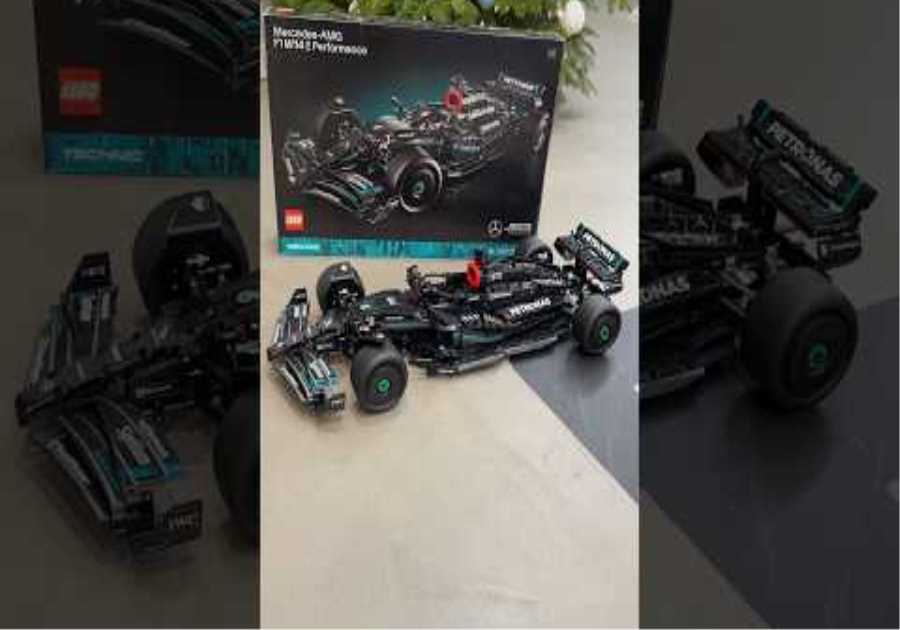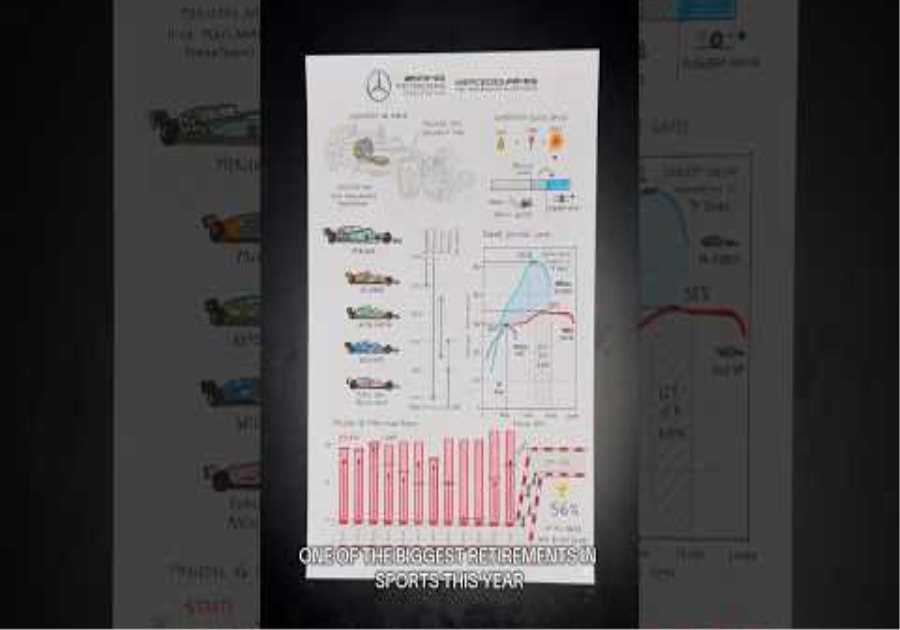
The 90s were arguably one of the best decades for supercars, with car companies doing their best to produce the most powerful cars possible. The Ferrari F50 and the McLaren F1 were two such performance cars, redefining the lines between F1 cars and street supercars for the enthusiast. The F1 was McLaren’s first purpose-built road car, based on a concept developed by Gordon Murray in the 80s. At the same time, the F50 had to match the standards set by its much-successful predecessor, the F40.
The McLaren F1 resulted from Gordon Murray’s dreams of building a supercar inspired from the F1 cars of the time while offering comfort to its passengers. A three-seat interior with the driver’s seat in the middle was whimsically intuitive for its time. The F1 was fast, so incredibly fast that no other car could beat its top speed until Bugatti came up with its ludicrous Veyron. The McLaren F1 had different versions like GT, LM, and the modified GTR model. On its debut, the McLaren F1 GTR won the 24 hours Le Mans race.
The Ferrari F50 was meant to symbolize Ferrari’s excellence for its 50th anniversary. The F50’s predecessor, the F40, had already been a commercial success, with sales soaring much above Ferarri’s expectations. The F50 was also derived from Ferrari’s F1 cars and had a 4.7-liter naturally aspirated V12, a road-friendly derivative of the 3.5-liter V12 found in the 1990 Ferrari 641 F1 race car. The F50 marked Ferrari’s first use of an entire carbon-fiber tub in a road car.
Ferrari F50 vs McLaren F1: Design And Engine

The McLaren F1 had a completely new design made from scratch, and all the components were made specifically for this car except the headlamps. The F1 was the first production car to use a carbon-fiber monocoque chassis and use expensive materials like titanium, magnesium, Kevlar and gold. Gordon Murray had a vision for this car, and the car’s weight was extremely optimized. The McLaren F1 was compact, with body panels and its understructure made of featherweight carbon fiber. According to Murray’s weight specifications, all the components, including its Kenwood stereo, the gold-plated titanium tools and air conditioning, were specifically made by manufacturers. The components were so light that manufacturers at the time questioned their expertise to make them.
The F1 had a similar exterior design to many supercars of the time, with a short front hood, a canopy-like roof, large doors, and a long rear deck. Nothing less than spectacular, the gullwing doors of McLaren F1 never failed to amaze an onlooker. The McLaren F1 offered an elegant look not offered by any other company at the time. In terms of power, The McLaren F1 was way ahead of any supercar of the time and dominated the segment for more than a decade. It was the fastest car globally, with a top speed of over 240MPH and a 0-60 time of 3.1 seconds. The F1 featured a naturally-aspirated V12 from BMW, which produced 627HP and a peak torque of 479 lb-ft at 4000rpm. Gordon Murray wanted to use carbon-fiber brakes, but the F1 featured aluminum calipers from Brembo due to technological limitations. However, the F1 GTR used carbon-ceramic brakes later on.

The Ferrari F50 was Ferrari’s first use of a complete carbon-fiber tub for a road car. Attachment points for both the engine/transmission unit and the front suspension are incorporated by aluminum inserts. The F50 was designed to maximize aerodynamic performance, and the whole body is made up of composites including Kevlar, carbon fiber, and Nomex honeycomb. The Ferrari F50 also had a naturally-aspirated V12 inspired by the 1994 Ferrari 412T Formula One car. The F50 produced 512HP of power and a peak torque of 347 lb-ft. The F50 could do 0-60 in less than 3.8 seconds and had a top speed of 202MPH. Another highlight of the F50 was that Ferrari only released the Targa configuration, meaning every F50 had a pop-out roof portion, making for a much better sounding experience.
Ferrari F50 vs McLaren F1: Pricing
Both the Ferrari F50 and the McLaren F1 were quite exclusive cars of their time, with McLaren only making 106 F1s in its limited production run and the Ferrari producing 349 F50s as a precautionary measure. Recently, a McLaren F1 was sold for $20.45 million at an auction, making it the highest bid at an auction for a rare supercar. Normally, you can buy a McLaren F1 for around $4 million, and multiple sales of the F1 have soared to over $10 million.

The Ferrari F50 will cost you less than the McLaren F1, but it is quite hard to find one in good condition with decent mileage. Most F50s cost between $2.5 million and $3.5 million, as it is still the second rarest of the five halo Ferrari cars. It is almost impossible to find a black Ferrari F50 as Ferrari only made four of them compared to the 301 models in Rosso Corsa (Red).
Thus, the McLaren F1 and the Ferrari F50 are two of the most special racecars of the 90s, with the former still holding the title of the fastest naturally-aspirated car. The F50 is among the five halo Ferrari cars. It is still regarded as one of the best race cars from Ferrari.
14 Facts About The Ferrari F50 – The 1 V12 Car You Need In Your Garage
readnext
About The Author
Mayank Mishra
(44 Articles Published)
More From Mayank Mishra







